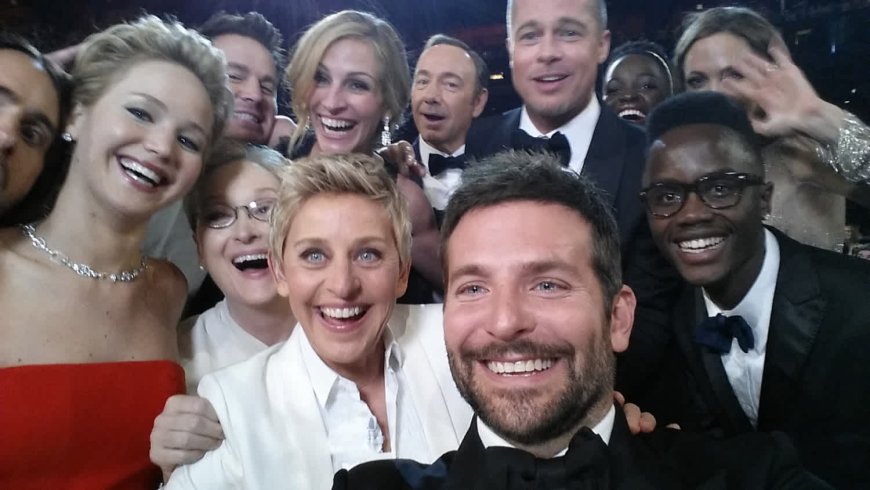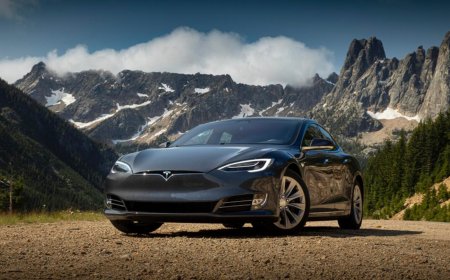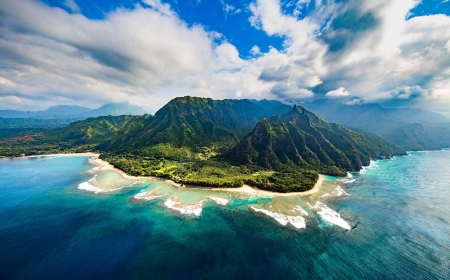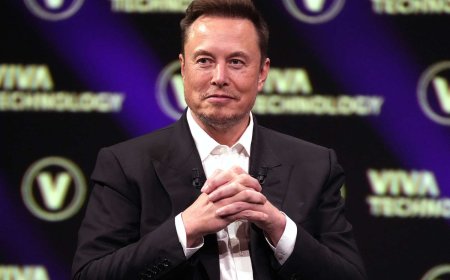The Rise and Fall of the Selfie Era: A Cultural Snapshot
The selfie era, a defining trend of the early 2010s, transformed social media and self-expression. Discover how this cultural phenomenon rose to prominence and why it has since faded, making way for new digital trends.

The selfie era, a defining characteristic of the early 2010s, transformed how we captured and shared moments of our lives. At its peak, the selfie was more than just a photograph; it was a cultural phenomenon, a statement of individuality, and a key player in the rise of social media. Yet, as quickly as it rose to prominence, the selfie era has gradually faded, making way for new forms of digital expression.
The Golden Age of the Selfie
The selfie’s origins can be traced back to the early 2000s with the advent of digital cameras and smartphones. However, it wasn’t until the release of front-facing cameras and the rise of social media platforms like Instagram and Snapchat that selfies truly exploded in popularity. The term "selfie" was officially recognized by the Oxford English Dictionary in 2013, marking its entry into the mainstream lexicon.
During this period, selfies became a universal form of self-expression. From celebrities to everyday people, everyone embraced the trend. The appeal was simple: selfies allowed individuals to control their own image, capturing moments that were candid, personal, and instantly shareable. The era saw the emergence of selfie sticks, apps designed specifically for selfie enhancements, and even museum exhibitions dedicated to the art of the selfie.
Selfies and Social Media: A Symbiotic Relationship
The selfie era coincided with the rapid growth of social media platforms, creating a symbiotic relationship. Social media provided a stage for selfies to be shared with the world, while selfies fueled engagement on these platforms. Instagram, in particular, became synonymous with the selfie, as users curated their feeds with carefully crafted self-portraits.
Selfies also became a tool for building personal brands. Influencers and celebrities leveraged the format to connect with their audiences, offering glimpses into their private lives. The selfie was not just a photo; it was a carefully constructed narrative, often enhanced by filters, captions, and hashtags.
The Downfall: Why the Selfie Era Faded
As with any trend, the selfie era eventually began to wane. Several factors contributed to its decline:
-
Saturation and Overexposure: As selfies became ubiquitous, they lost some of their novelty. The sheer volume of selfies on social media led to a sense of saturation, with many users growing tired of the format.
-
Shift in Aesthetics: Social media aesthetics evolved, with a growing preference for more curated, professional-looking content. The rise of influencers and the increasing emphasis on visual branding led to a decline in the popularity of the casual, unfiltered selfie.
-
Privacy Concerns: The rise of digital privacy concerns also played a role. As awareness of data privacy issues grew, some users became more cautious about sharing personal photos online, leading to a decline in the number of selfies posted on social media.
-
Cultural Shifts: Culturally, there was a shift towards valuing authenticity over perfection. The hyper-curated nature of selfies began to feel inauthentic to many users, leading to a backlash against the trend.
What’s Next? The New Age of Digital Expression
While the selfie era has faded, it hasn’t disappeared entirely. Instead, it has evolved. Today, we see a broader range of digital self-expression, from video content like TikToks and Instagram Reels to more immersive experiences like augmented reality (AR) filters and virtual avatars.
In this new era, the emphasis is on creativity, storytelling, and interaction. Users are no longer content with static images; they want dynamic, engaging content that resonates on a deeper level. The selfie, once a symbol of the social media age, has become just one of many tools in the digital storytelling toolbox.
Conclusion: The Selfie as a Cultural Artifact
The selfie era was a unique cultural moment, reflecting the convergence of technology, social media, and the human desire for self-expression. While its dominance has waned, its impact remains. The selfie has become a cultural artifact, a symbol of a time when the world was discovering the power of the front-facing camera.
As we move forward, the lessons of the selfie era continue to influence how we capture and share our lives. The desire to document and share our experiences is as strong as ever, but the way we do it has evolved, reflecting the changing landscape of digital culture.
What's Your Reaction?




















![[VIDEO]Reunited: 'The Marvels' Set to Soar into Theaters on November 10](https://minscoop.com/uploads/images/202311/image_430x256_654a7a66d0fcf.jpg)









































